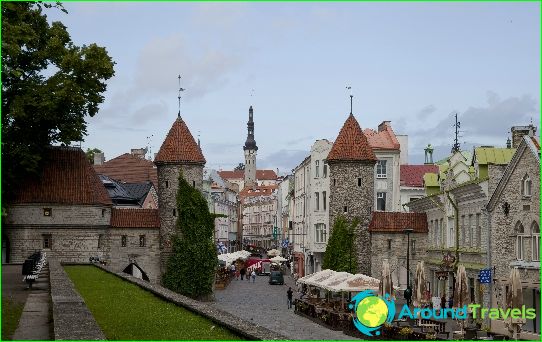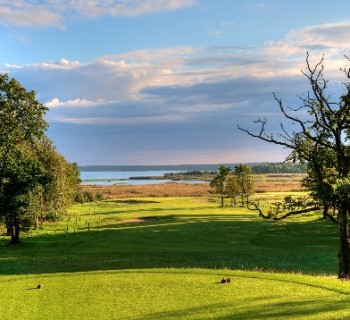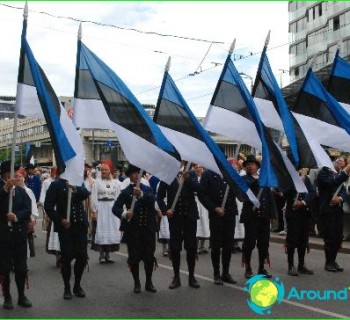Estonian culture

One of Russia's Baltic neighbors, Estonia is often the object of jokes. The unhurried and calm temperament of its inhabitants manifests itself in everything, and therefore the culture of Estonia is a mirror image of the national character. Estonians are thorough, honest, scrupulous in little things, tough, ready to go through with things and are very decent..
Conquerors and their influence
Estonian culture has evolved over many centuries and numerous conquerors have played a significant role in its development. In the 11th century, Prince Yaroslav founded the city of Tartu on a campaign against Chud, and the vocabulary of the inhabitants of those lands was replenished with Russian neologisms.
In the 13th century, the country was raided by the crusaders, its lands became home to numerous Danes and Germans, which means that the culture of Estonia received new infusions in the form of alien customs and orders..
The fifteenth century brought a new fad: Christian monasteries began to be abundantly built, which also became the first educational centers. The culture of Estonia in the Middle Ages also developed in the city. The Hanseatic League, in which the country found itself, was founded to protect progressive traders from the dominance of feudal lords, and its members acquired a new European way of life.
UNESCO protects Tallinn
The old center of the Estonian capital is on the list of World Cultural Heritage. The construction of its most important objects began in the 13th century, and the very first stone building in Tallinn was Toompea Castle.
No less delight among the guests of the capital is the Dome Cathedral, erected in the old city in the same historical period. In the lower part of old Tallinn, an important cultural heritage site is the Town Hall Square with the Town Hall building. The gothic outlines of the building look solemn and majestic. The square becomes incredibly beautiful during the Christmas holidays, which are especially loved by Estonians.
Met by clothes
National dress is an important part of the cultural heritage of old Estonia. Today it can be seen mainly in museums, and just a century ago, a folk costume was considered smart clothes and every Estonian was obliged to have it by the time it came of age. The girls wore embroidered shirts and carpet skirts. Their jewelry was made of silver, and the headdress testified to the status of a married lady. Men dressed more modestly, but not a single celebration or holiday could do without a ceremonial national costume and for them..



